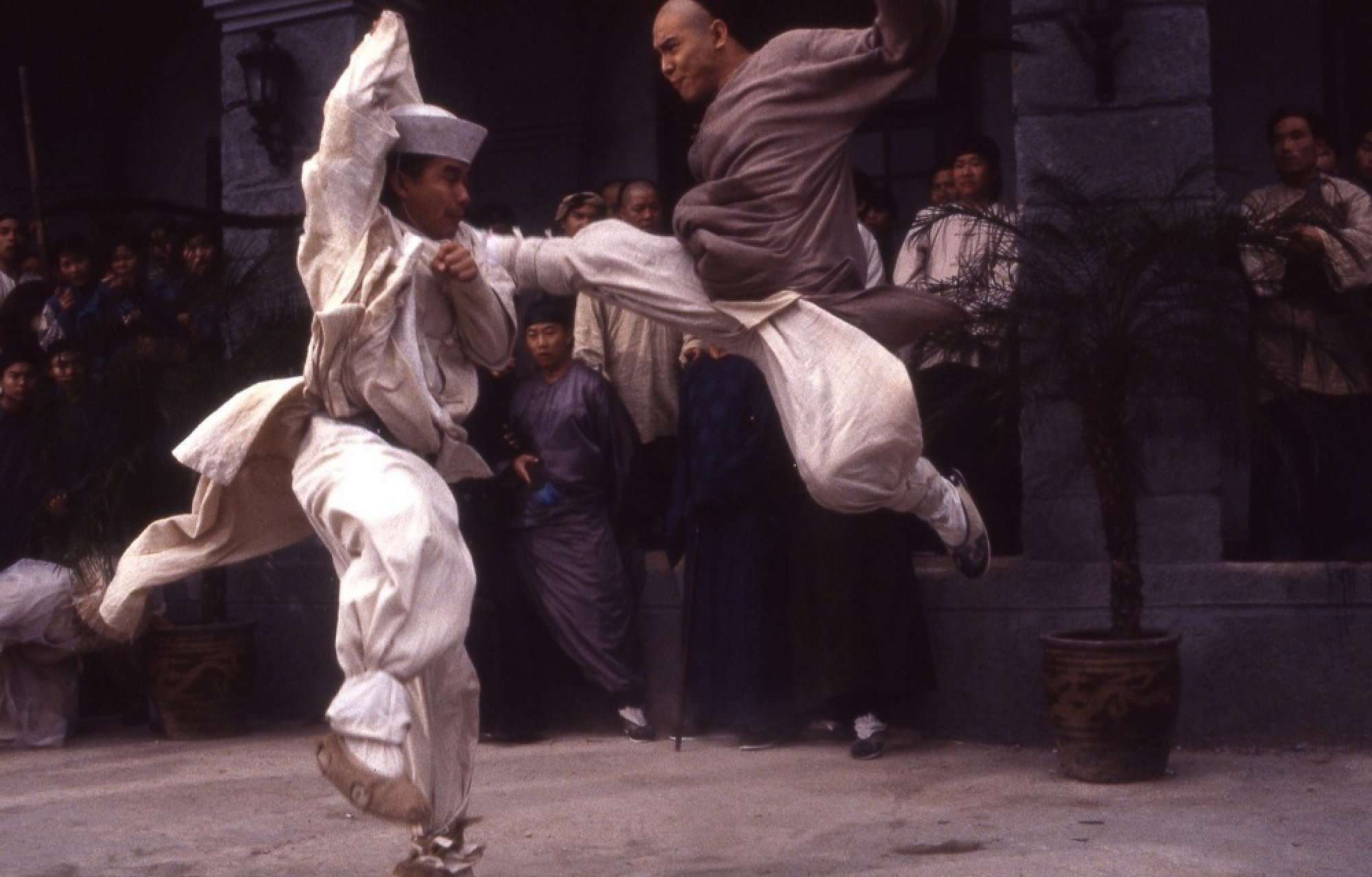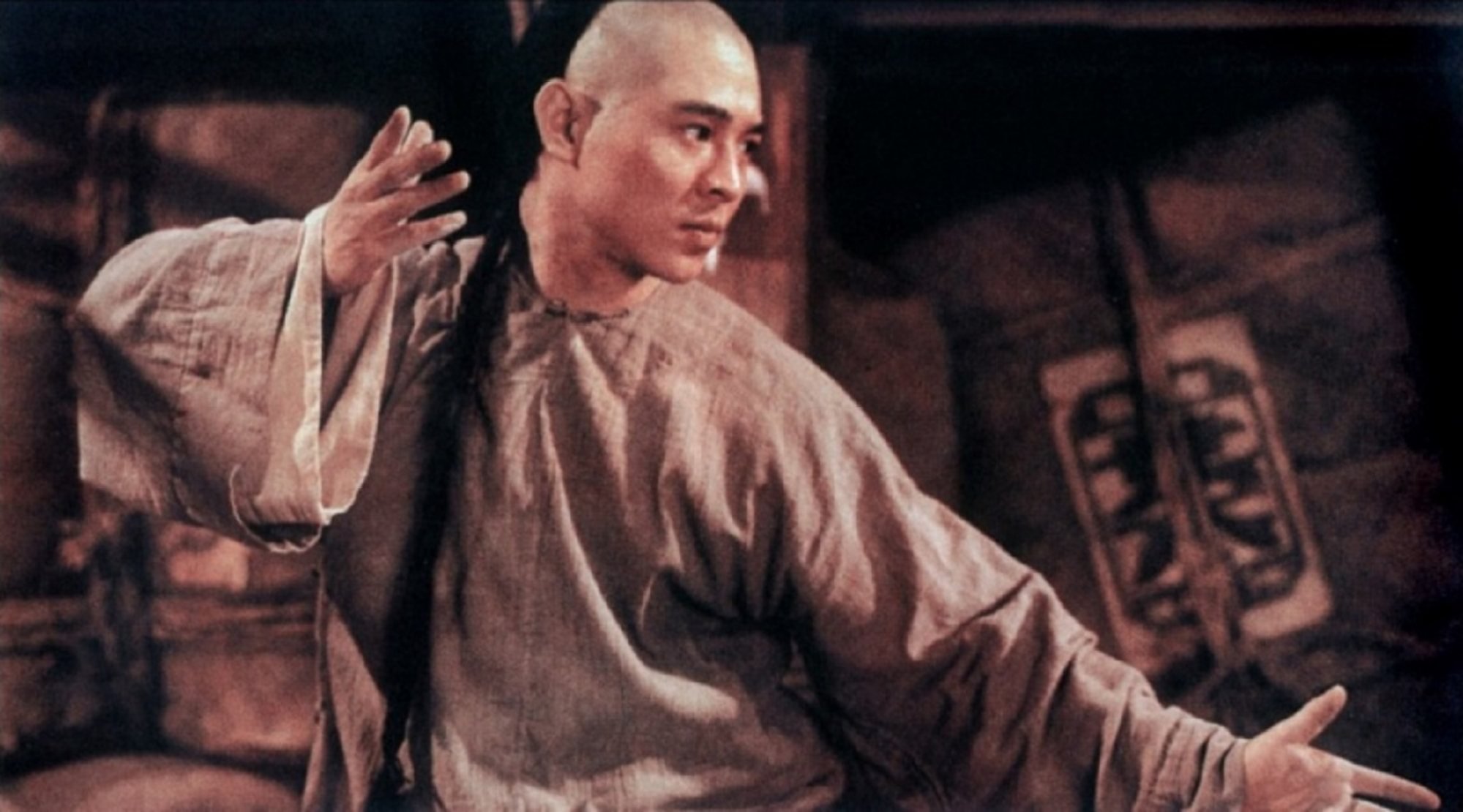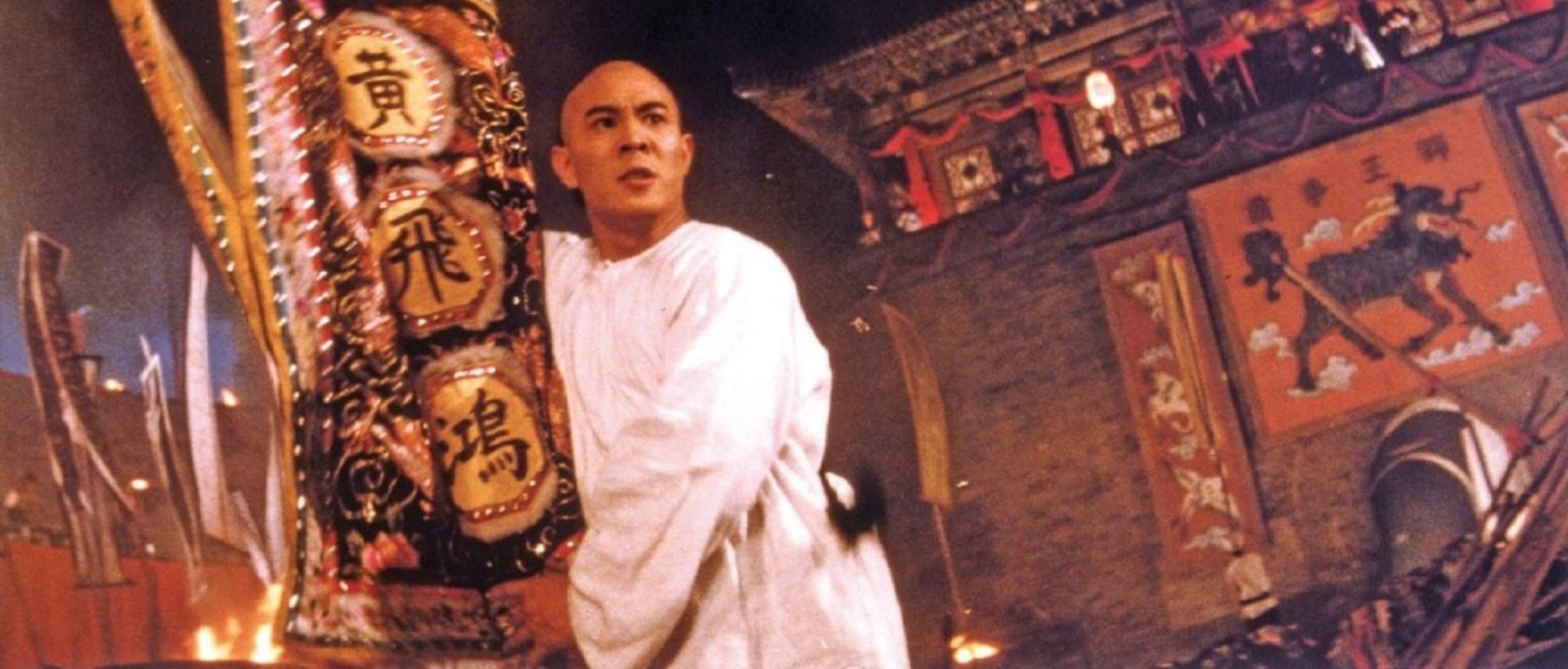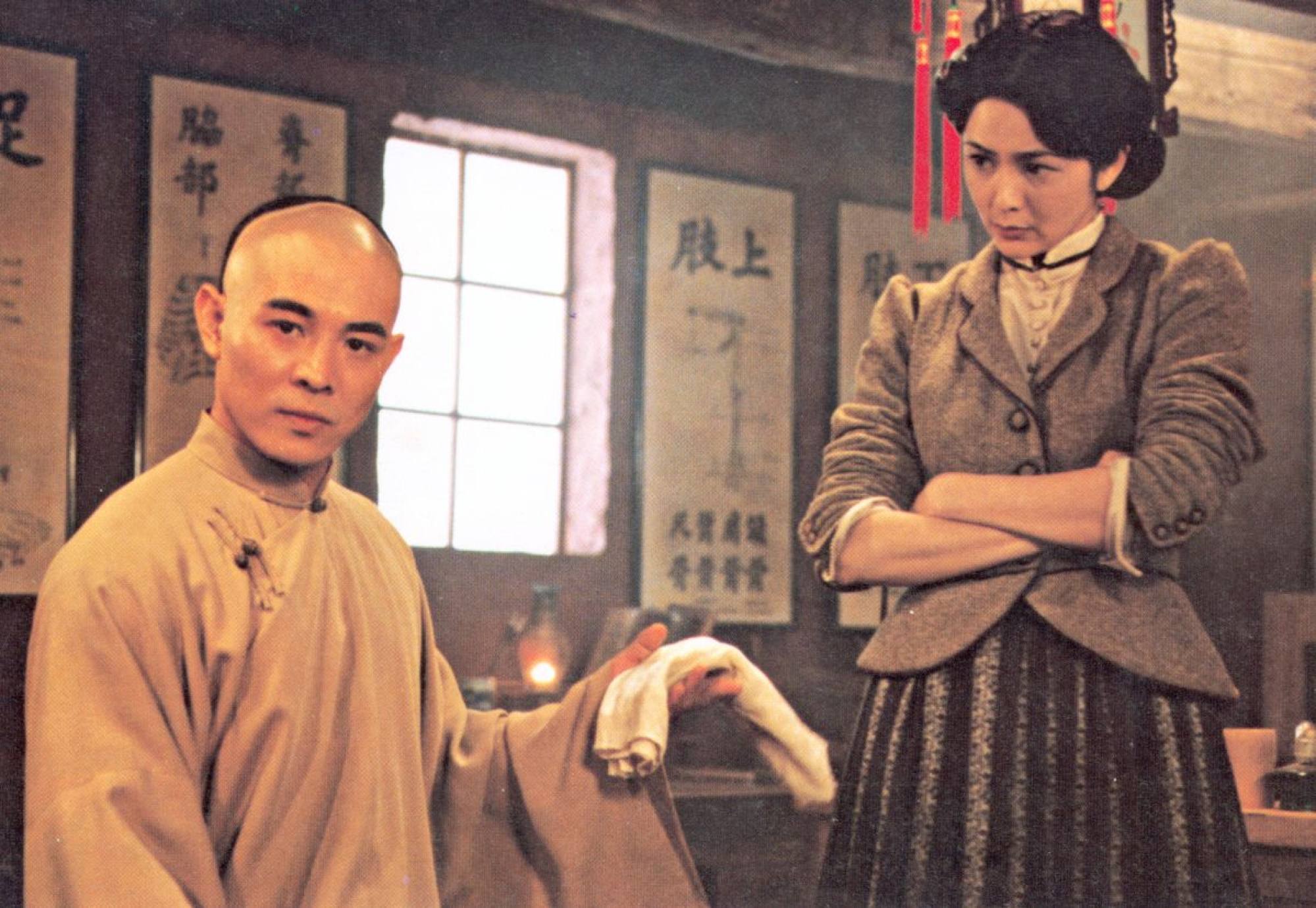
That Jet Li vs Donnie Yen pole fight in Once Upon a Time in China II, how Li walked off set in a contract row, and why Once Upon a Time in China III was less successful
- Part 2 successfully expands on the first film’s themes of industrial progress, Chinese nationalism and conflict between Confucian values and those of the West
- Despite continuing to explore the engaging ideas raised in the first two films, part 3 is let down mainly by its relatively disappointing action sequences
It’s rare that a sequel can match the original movie, but that’s true of Once Upon a Time in China II, the follow-up to Tsui Hark’s trendsetting 1991 martial arts hit.
Once Upon a Time in China III, shot in 1993, is a less successful addition to the series which falters because of some relatively lacklustre action sequences, although the story does continue to explore the ideas raised in the first two films.

Tsui and Lau parted company during filming, and Tsui hired Yuen and reshot many of the scenes with Yuen in charge. Tsui was already good friends with Yuen, and the two had an amicable relationship and experimented together to find new ways of choreographing the action.
How special effects enlivened early Hong Kong martial arts films
“My ideas are kind of far-fetched, they don’t sound like something normal people could do,” Tsui told Scarlet Cheng of the action scenes in the film series. “I will say, I want these people fighting on top of five tables, all of them unsteady. They say, ‘How are we going to do that?’
“Sometimes I do storyboarding, but sometimes the storyboard can only explain a minor part of the action. You have to work step by step.”
Once Upon a Time in China II
Much of the story revolves around Wong’s continuing attempts to romance Aunt Thirteen (Rosamund Kwan Chi-lam) and his reticence in showing his affections towards her.
There was no choreography, we just went at it
The romance helped Tsui out of a tight corner when conceiving the story for the sequel. “A sequel is always a headache. But we never came to the point where Wong Fei-hung admits his feelings to his romantic partner in part one. So the second episode was easy,” he says in an interview on YouTube.
“I knew Wong Fei-hung was the star of the film, but I wanted to make my mark,” Yen said in an interview on YouTube. “I didn’t take the scene lightly – here I am on set facing Jet Li for Tsui Hark. I had to show what I had, and Tsui certainly wanted to see that. There was no choreography, we just went at it.”

Yen also uses a cloth as a weapon in some sequences of the fight, something which he says was an idea he discussed with Yuen, his long-time mentor. The concept was that his character’s kung fu was so powerful, he could even turn something as inoffensive as a cloth into a weapon.
“We put Jet and Ji-dan together to see what happened and our eyes were just wide open. They were fighting with their true skill, but they were also playing the roles in the movie,” said Tsui.
Once Upon a Time in China III
Tsui never expected Part 3 to be made. Li had walked off the set during the shooting of Part 2 because of a disagreement with Golden Harvest about his contract – Li wanted more money. Tsui continued the shoot using Li’s stunt double Xiong Xin-xin until the star returned.
Xiong, a wushu expert brought into films by Lau Kar-leung as Li’s double on Martial Arts of Shaolin, had already stood in for Li in Part 1 when Li was injured. Much of the finale of part one reportedly features Xiong.
Li did return to the set, but Tsui says he was still surprised when Golden Harvest said that the actor had signed on for Part 3. Tsui decided to stick to the letter of Li’s contract for Part 3 to avoid problems with the star. Li left the series after Part 3 but later returned for Part 6.

Bun’s action sequences do not match Yuen’s, although some of this could be put down to the fact that the movie was not shot in Hong Kong, but at the Beijing Film Studio and on locations such as the Forbidden City. Although Tsui took many of his own crew, he has said that working in Beijing meant he had to work a different way.
Action wise, the highlight of the film is the fast-kicking character Clubfoot Seven, played by Li’s double, Xiong. Tsui hoped to give Xiong a memorable role in Part 3, and succeeded.


